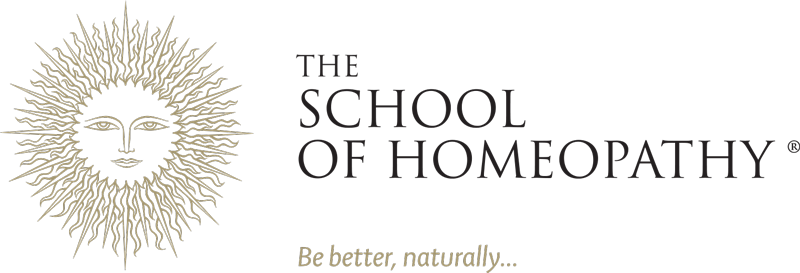Primarily associated with physical symptoms related to injuries, strains and eye conditions.
1. Key Characteristics
Ruta graveolens is often indicated for individuals who experience sprains, strains and injuries to the tendons, ligaments, or periosteum (the covering of bones). They may exhibit a tendency to have stiffness, soreness and a feeling of bruised pain in affected areas. Ruta individuals often have a desire for cool applications.
2. Physical Symptoms
Ruta graveolens is commonly used for conditions associated with injuries to the joints, wrists, ankles and back. It is also employed for ailments related to eyestrain, eye fatigue and bruised or strained eyes. Ruta graveolens can be beneficial for symptoms characterised by stiffness, aching pain, weakness of tendons or ligaments and sensitivity to touch or pressure.
3. Emotional and Mental Aspects
Ruta graveolens individuals may exhibit a serious and responsible nature, often feeling a sense of duty and obligation. They may have a tendency to be anxious or worried about their responsibilities. Ruta individuals may also experience mental fatigue and difficulty concentrating.
4. Aggravations and Ameliorations
Symptoms associated with Ruta graveolens may worsen with cold, damp weather, or with overexertion. They may feel better with rest, gentle stretching and warm applications.
5. Modalities
Symptoms may exhibit a specific pattern, such as worsening from overuse or strain and improvement with gentle movement or stretching. There may be a desire for cool applications, aversion to cold or damp weather and a sensitivity to touch or pressure.
Key rubrics
1. Sprains, strains, and injuries to tendons and ligaments.
2. Stiffness, soreness and bruised pain in affected areas.
3. Stiffness, aching pain and weakness of tendons or ligaments.
4. Serious and responsible nature, anxiety about responsibilities.
5. Aggravation with cold, damp weather, amelioration with rest.
Please note that this is a general overview and it is important to consult a qualified homeopathic practitioner for an individualised assessment and appropriate remedy selection. They will consider the complete symptom picture, medical history and other factors to provide the most suitable treatment approach.

